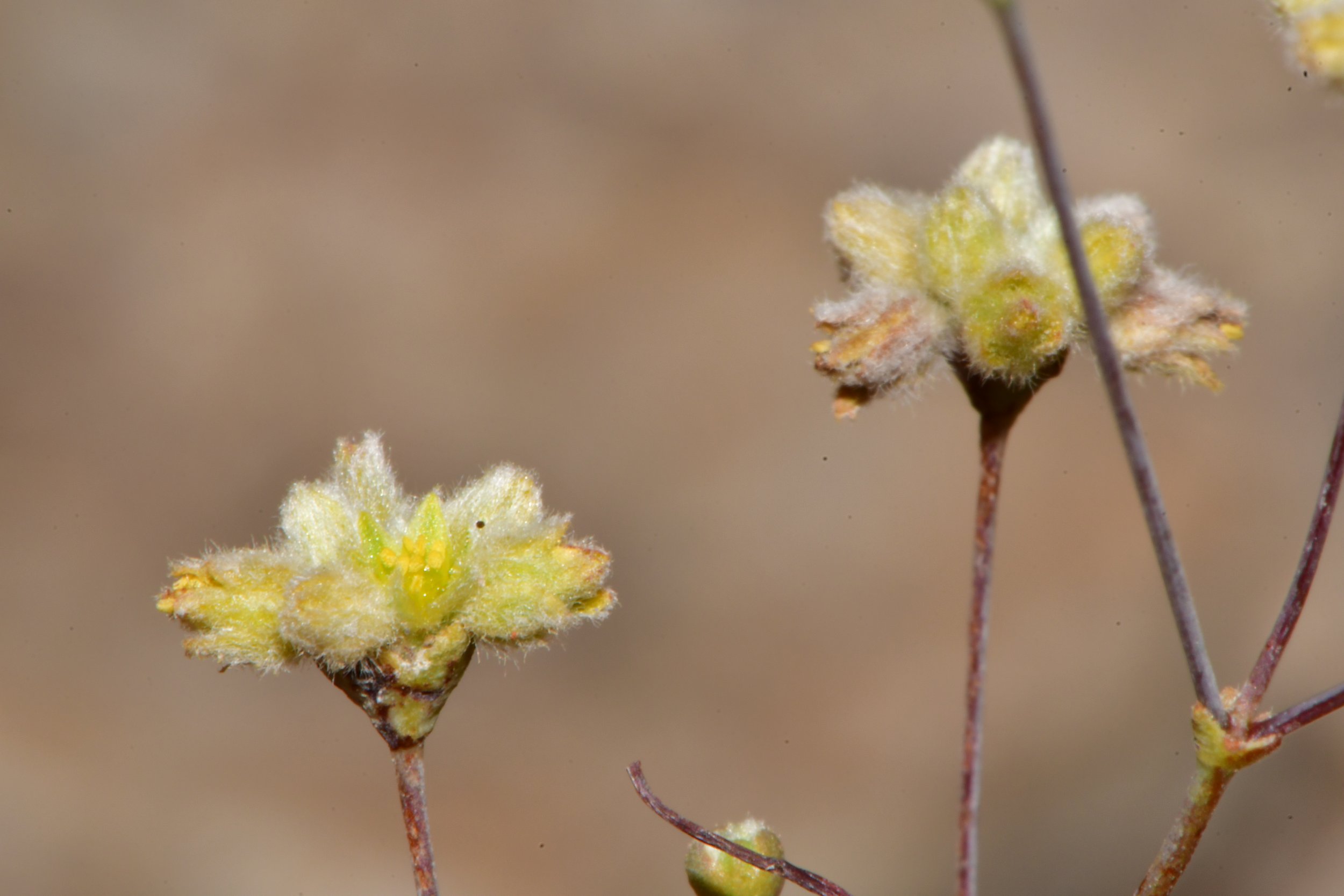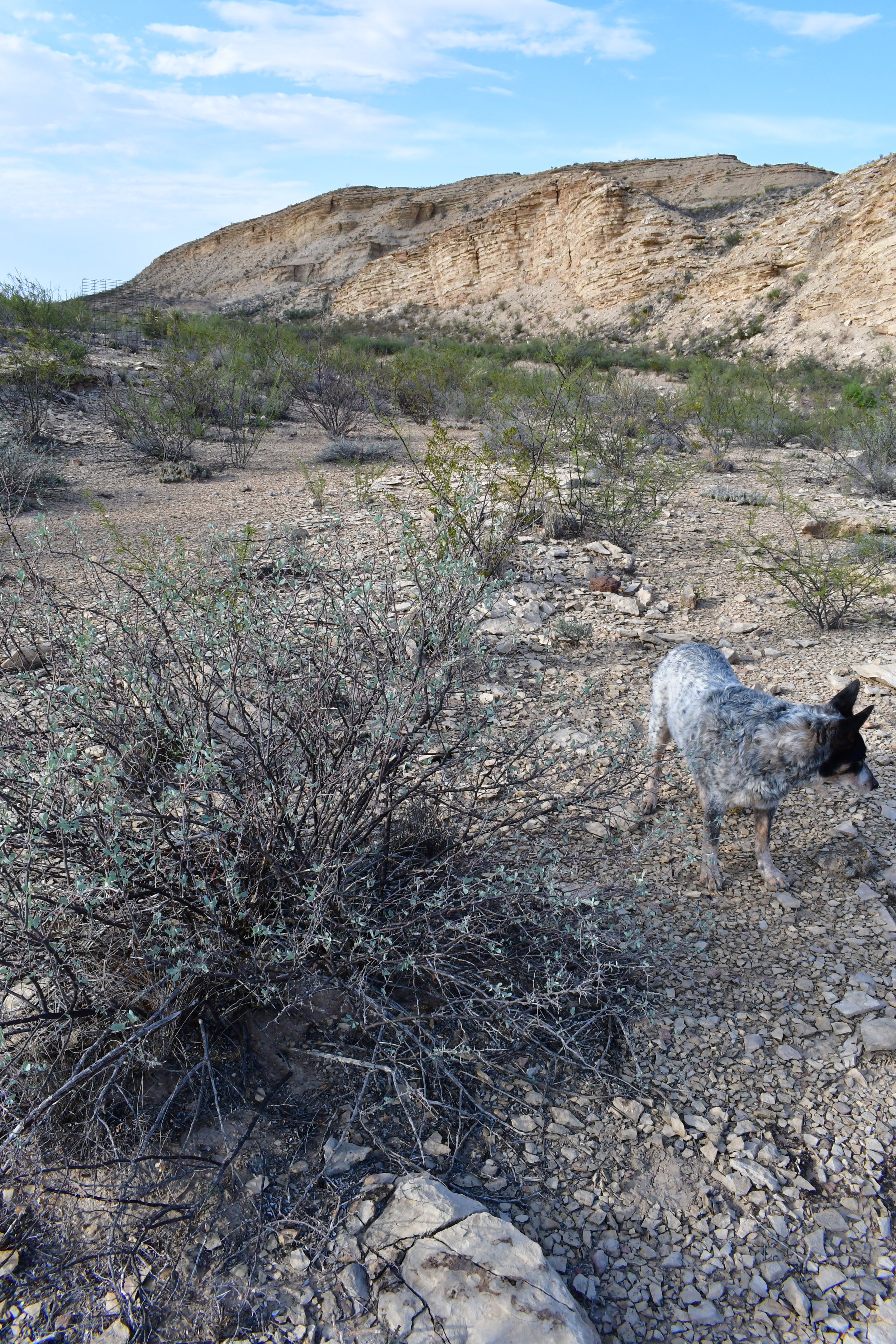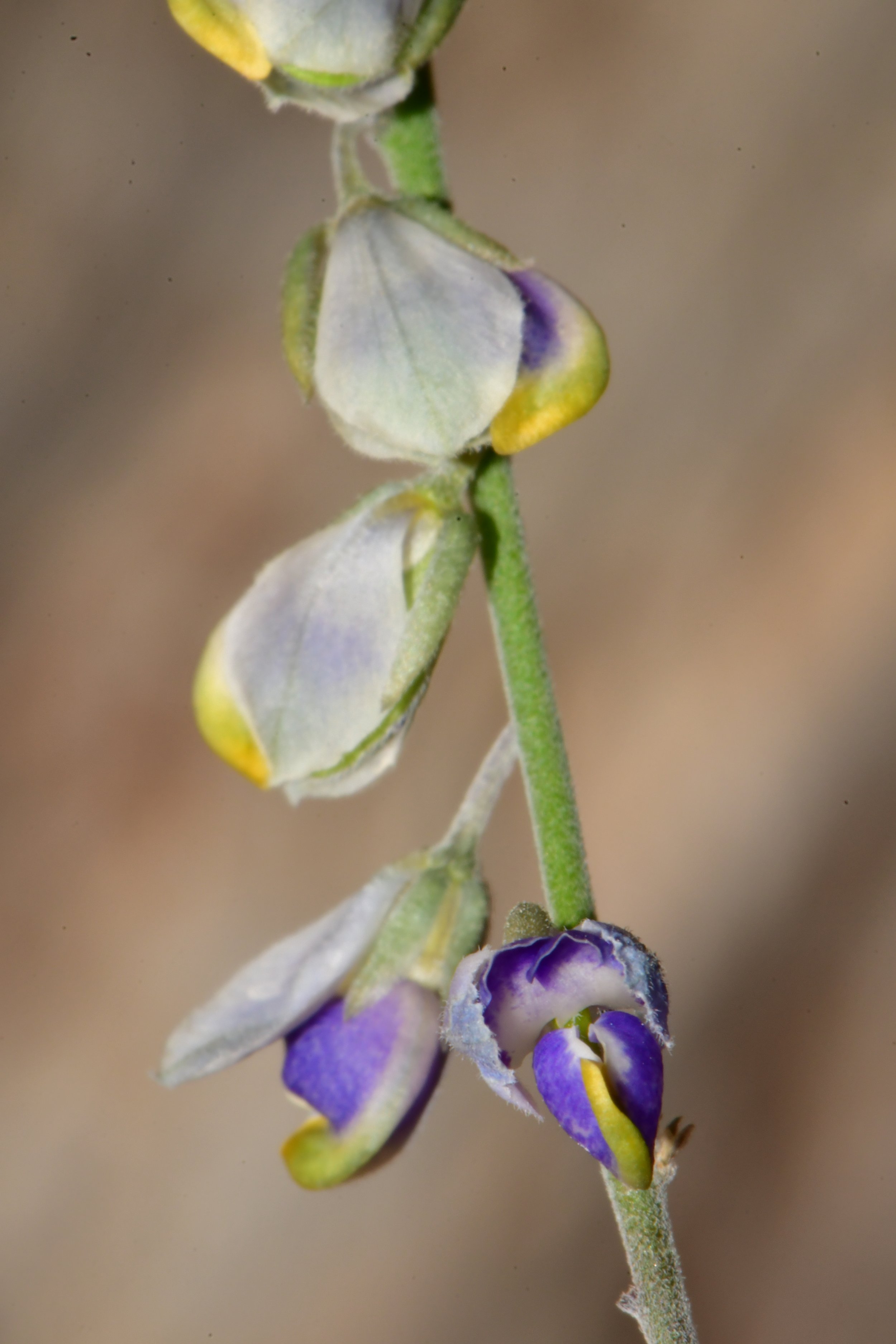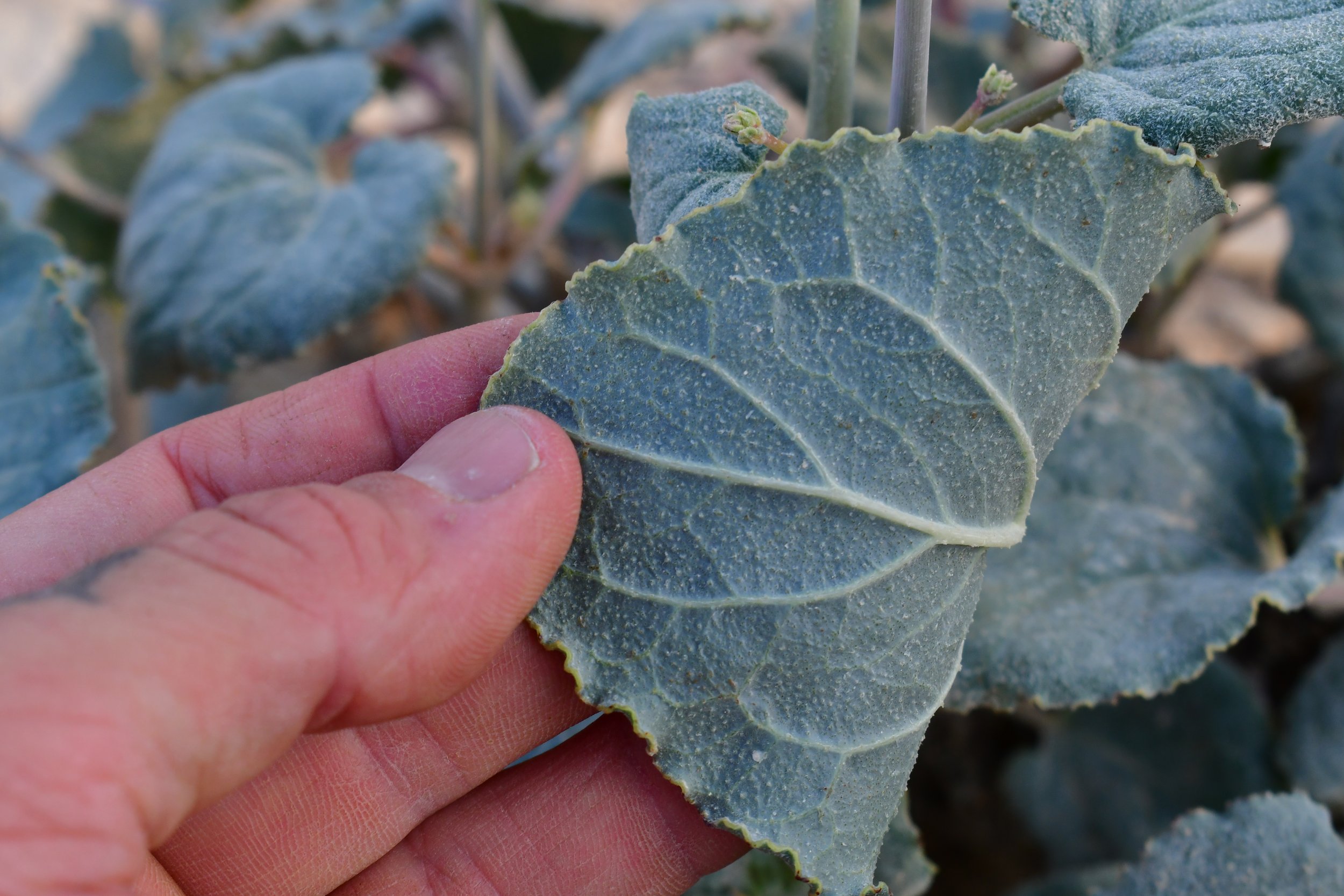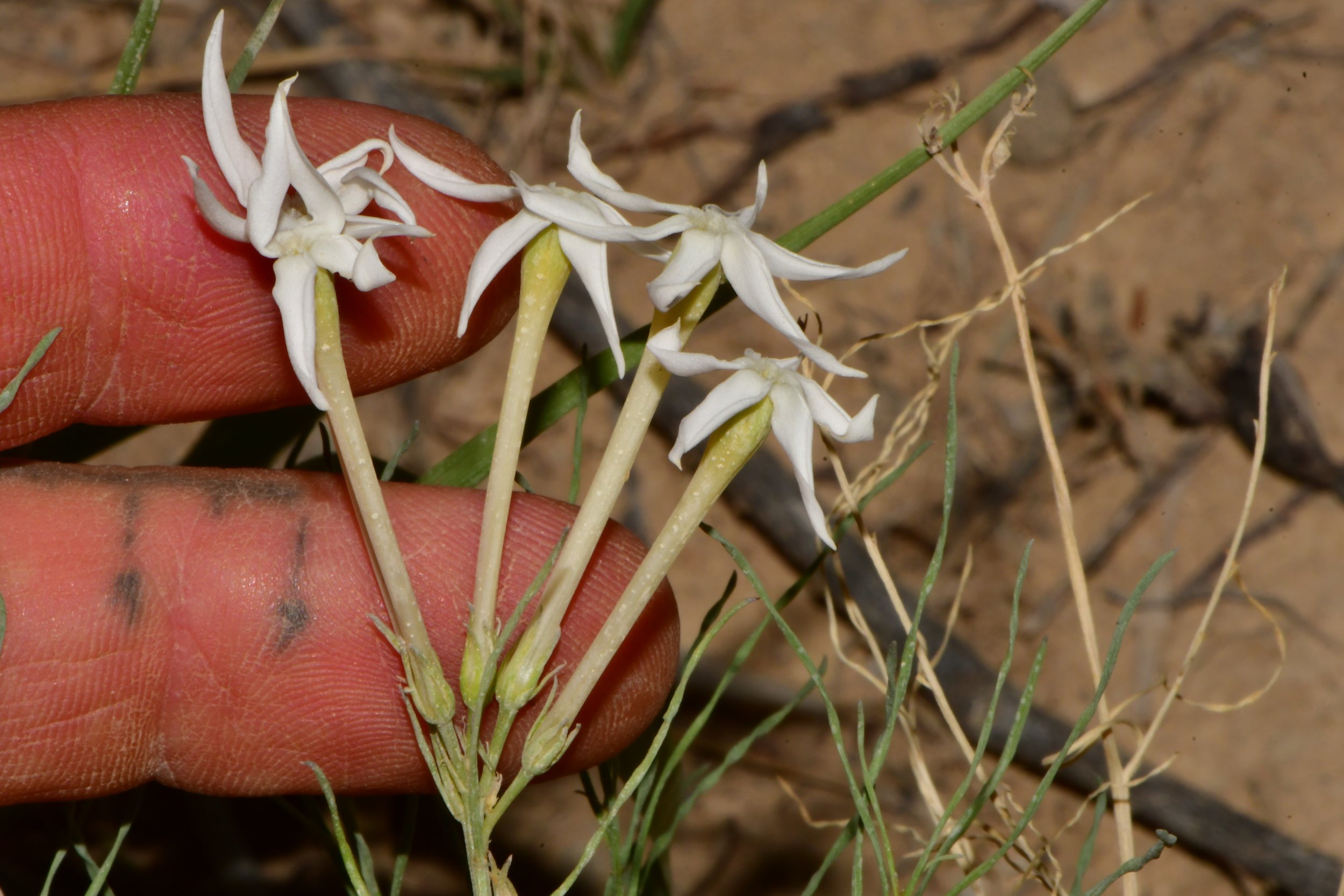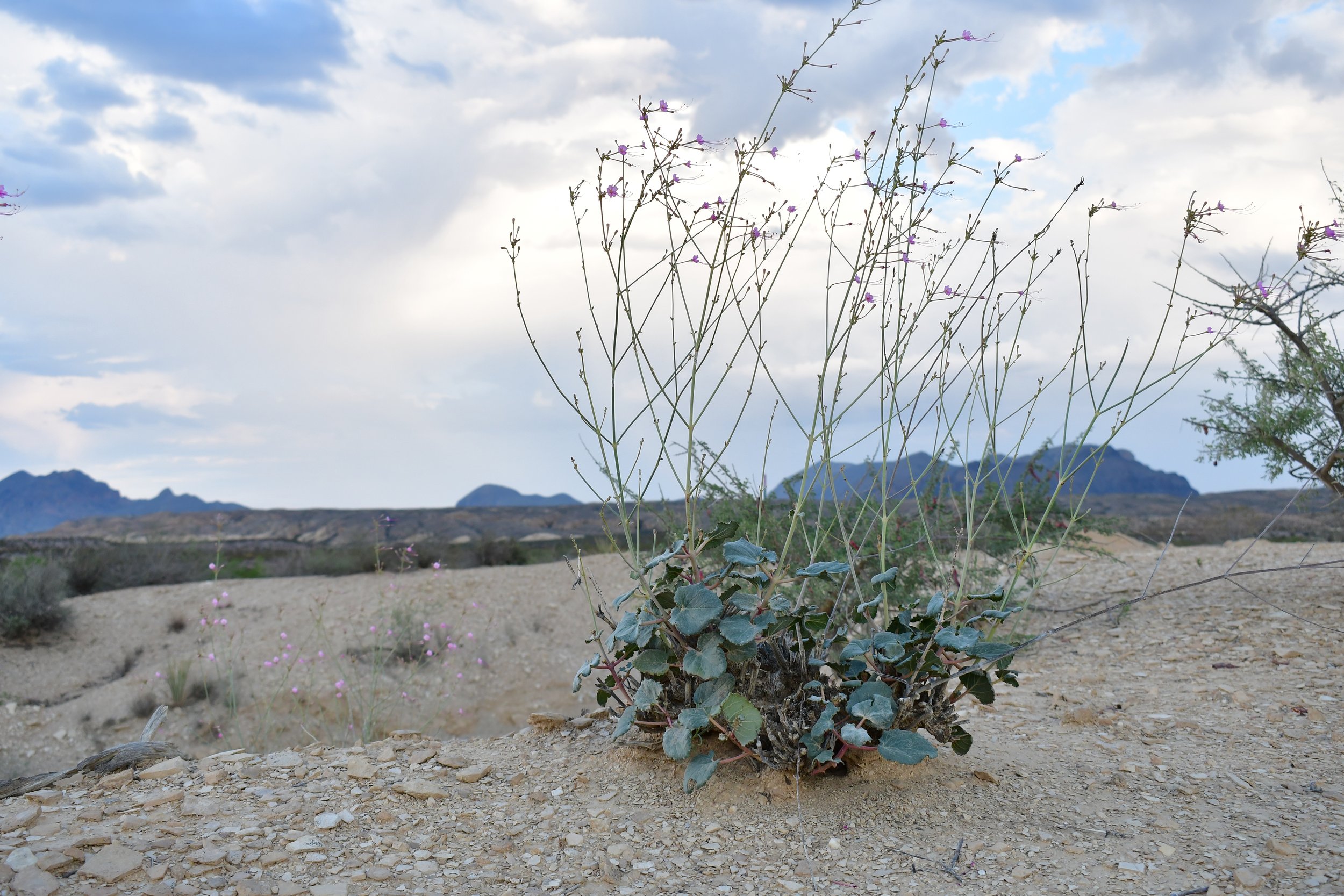Gypsum Badlands of West Texas
In the Chihuahua Desert of West Texas grow some incredible endemic plant species that are so adapted to the specific soils of the region - dictated by calcium carbonate and calcium sulfate (gypsum) geology - that they grow nowhere else on Earth. The substrate here consists of 120 million year old ocean sediments that have been uplifted and tilted at various angles (often dipping to the North), with various exposures of both limestone and gypsum, the latter often occurring in the form of the mineral selenite. Gypsum, of course, acts as a selection force on plant species, and it tends to induce the evolution of new species of plants, ones that are specifically adapted to the harsh chemistry and mechanical of this often barren geology.
Eriogonum havardii is one of them. Buckwheats are always cool, and the genus Eriogonum is exceptionally species-rich throughout the arid West of North America, but this species and its mounding, clumping habit consisting of dozens of rosettes of very hispid leaves makes it one of the coolest. It is often one of the only plants growing out in the center of these badland areas.
Anulocaulis leisolenus is another very cool and very rare species endemic to gypsum badlands. This member of the Bougainvillea Family, Nyctaginaceae, has very leathery, coriaceous leaves covered in thick wax and produces bright pink elongated flowers with exserted stamens that is likely hummingbird or moth pollinated. What impressed me most about this plant was the thick woody caudex which the plant can die back to in times of drought.
